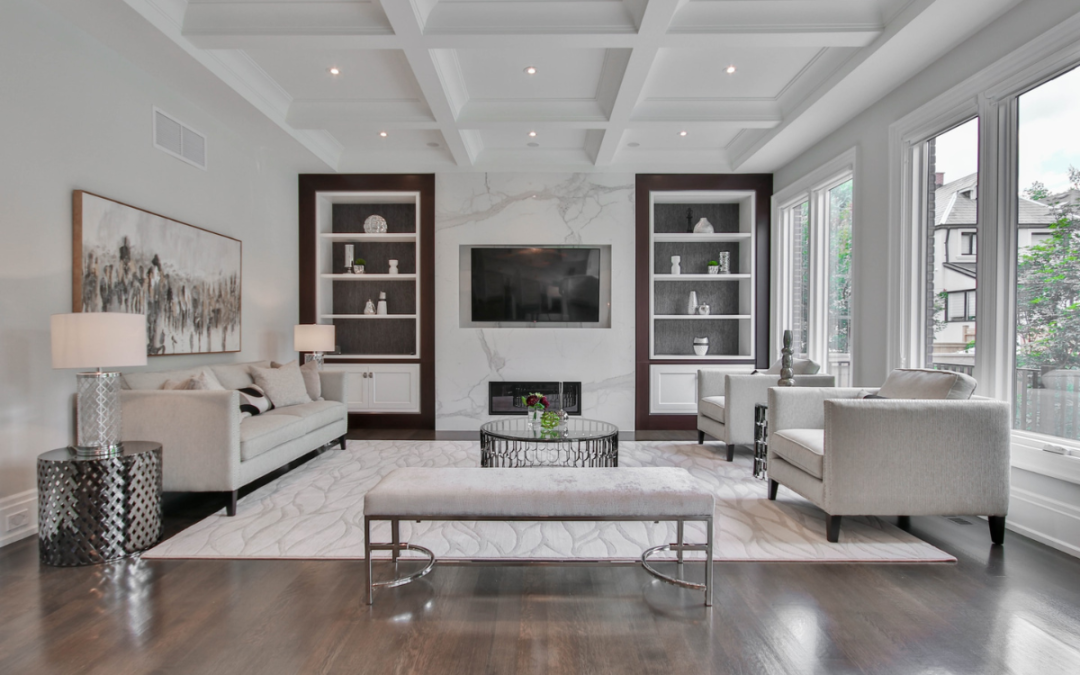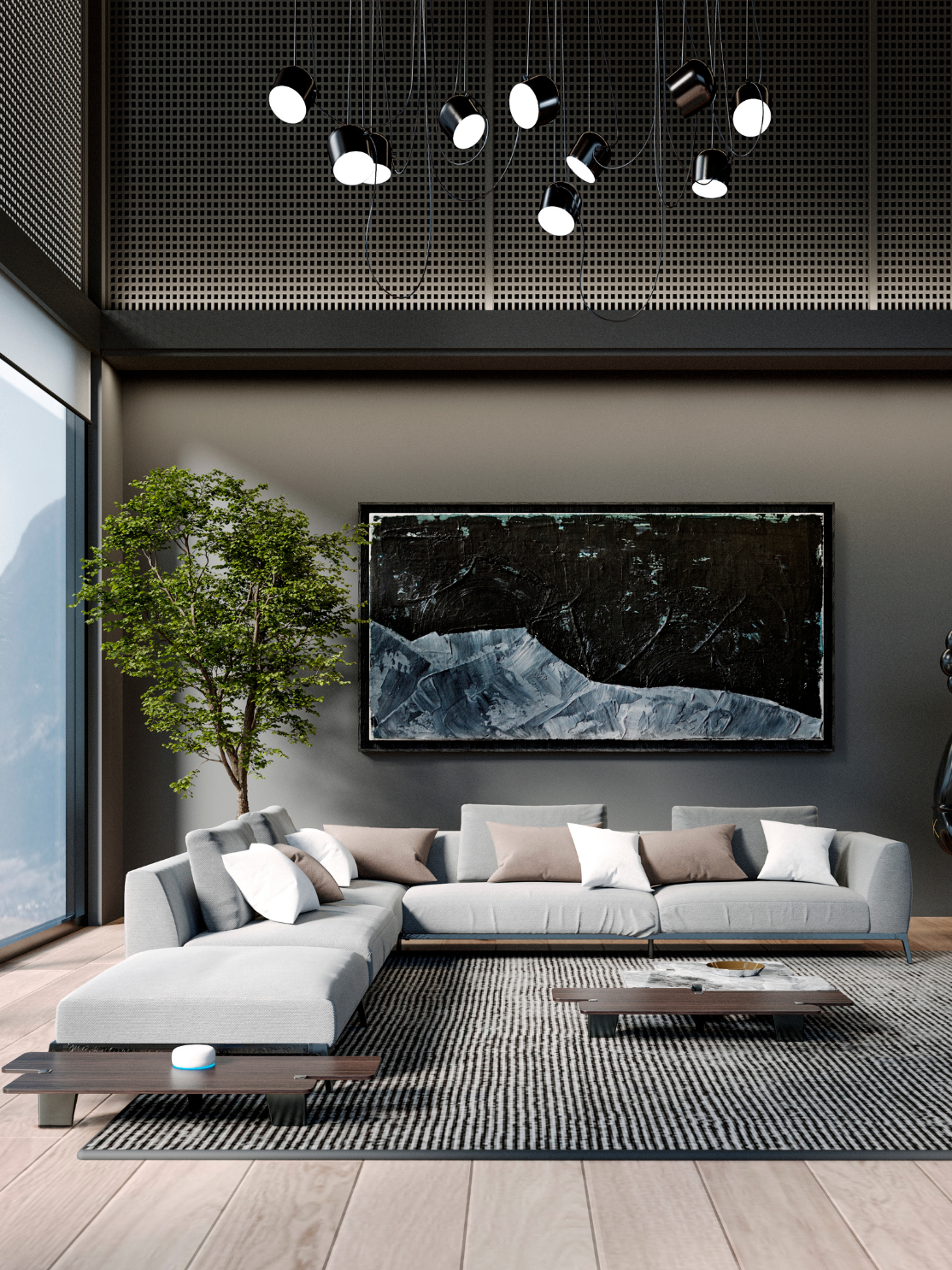
It would be amazing if every room in every home received great natural light, yet that’s often not the case. Fortunately, there are some easy ways to brighten up a room by intentionally selecting decor and furnishings. One of the benefits of working with an interior designer is access to their skilled, trained eye with attention paid to every last detail, including capitalizing on natural light or using techniques to add light or brighten up a space.
Below are twenty simple, effective ways to brighten up any room in any part of the home from a design perspective:
Decor
Mirrors: In order to maximize the use of mirrors, be sure to place them near a light source like a window or lamp. Mirrors are a straightforward way to amplify existing light and brighten up a space. If using artificial light like a lamp, make sure it’s ambient to avoid glare. A handsome arrangement of smaller mirrors in gilded frames adds interest and charm, as well as brightens the room.
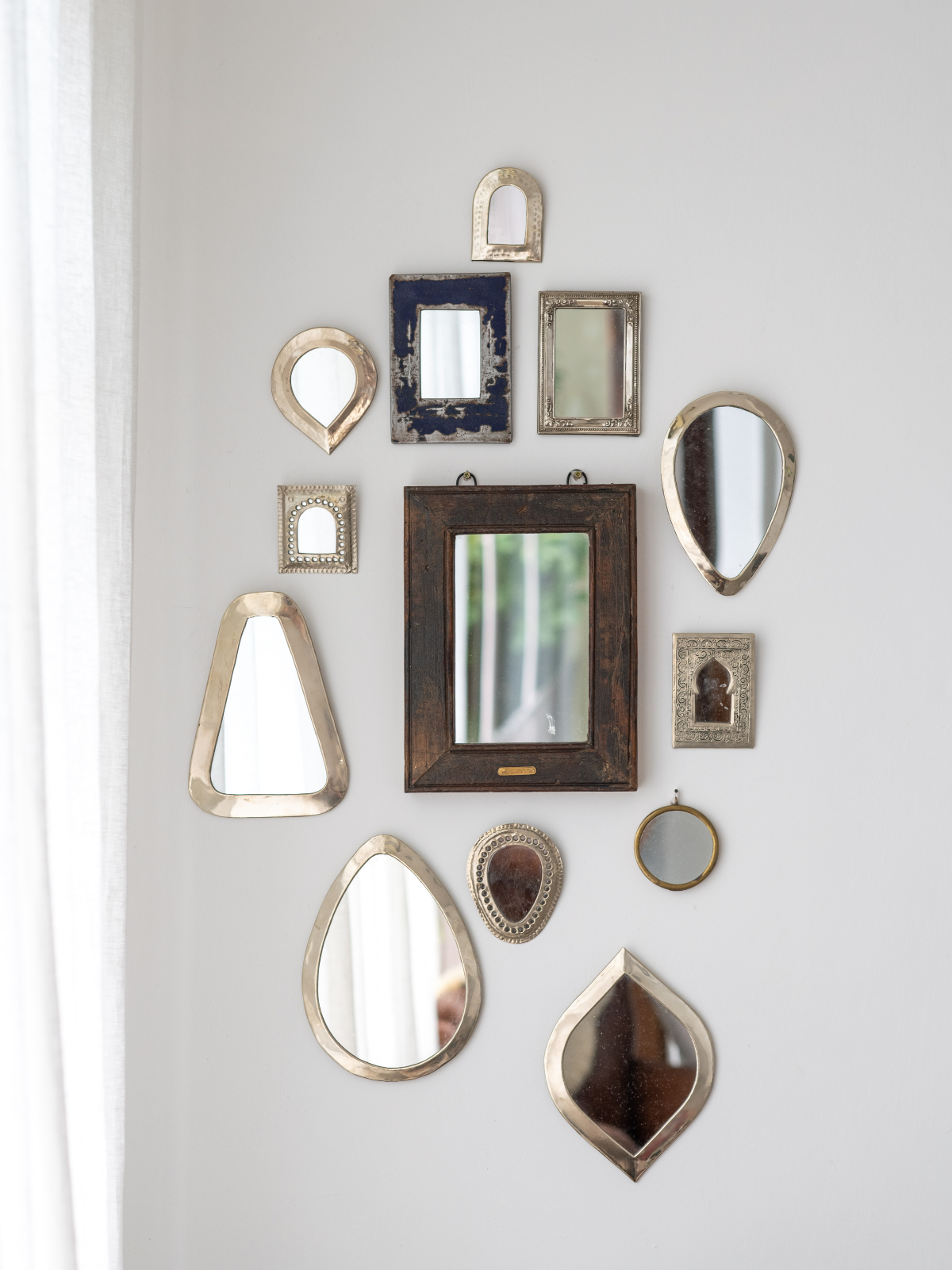
Light-Colored Curtains: Removing dark, heavy curtains can immediately brighten up a room. If you need blackout curtains for sleeping, there are gray options you can try.
Candles: Candles are another great source of indirect light that can also provide a cozy ambience. Use them to brighten up dark corners, or put them on shelves to bring light to the upper half of the room.

Metallics: Metallics reflect light–it’s as simple as that! Try incorporating them into your decor and accents for a fun, stylish, and simple brightening trick.
Simple Wall Art: Opt for a few pieces in light tones rather than a cluttered gallery wall. Clean lines will make your space appear brighter.
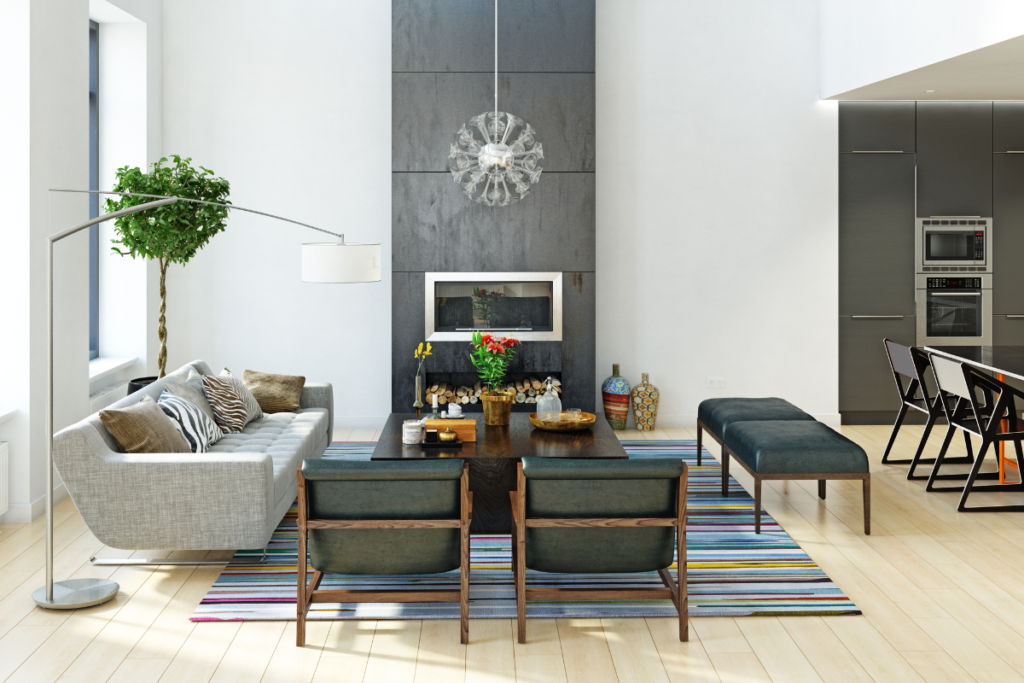
Bright Area Rugs: If a dark floor is contributing to your problem, a big, bright rug may just be the perfect (and easiest) solution.
White Lampshades: White lampshades are a simple way to allow even more light to emanate from your bulbs.
Windows, Walls, and Floors
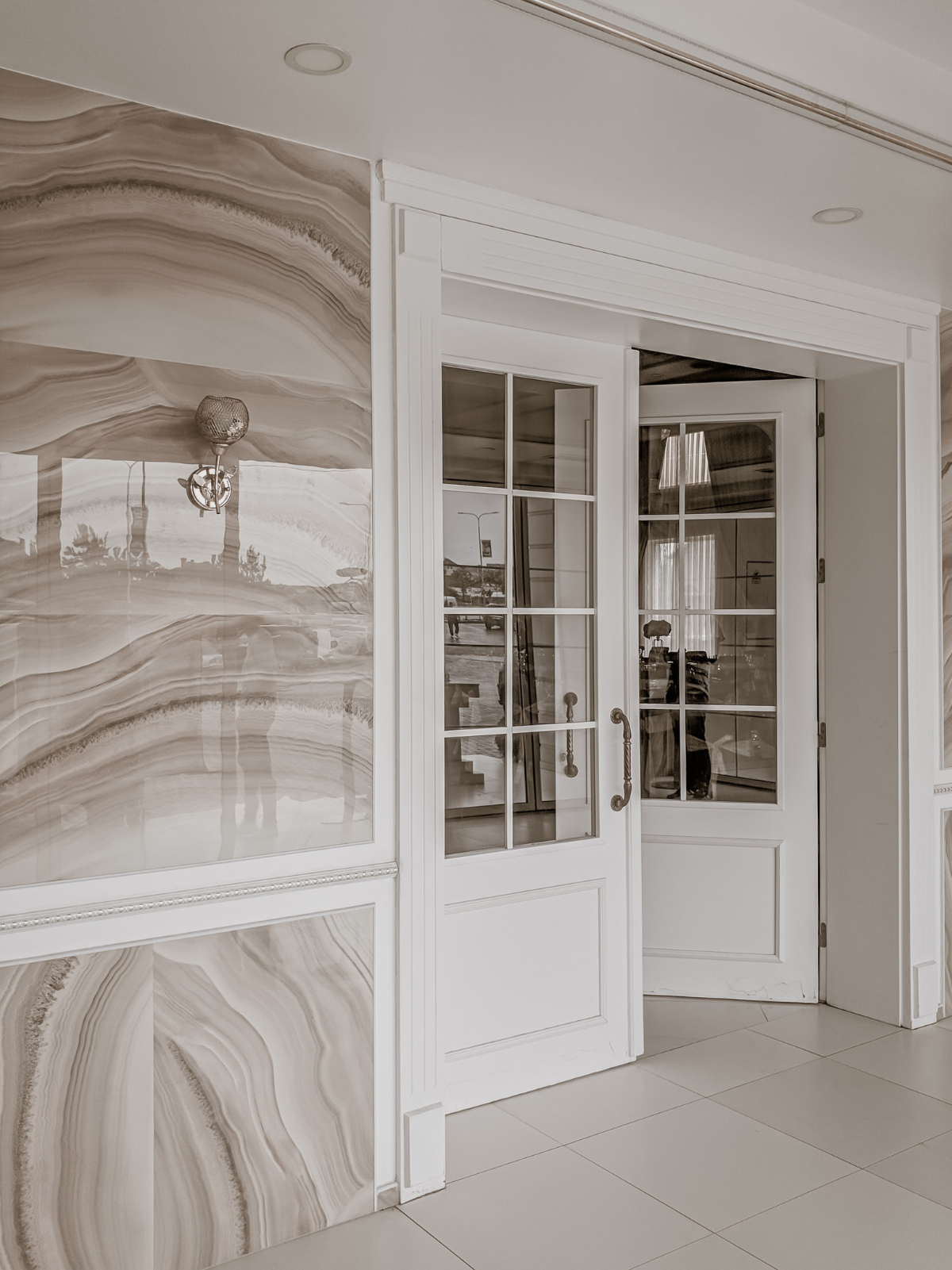
Clean Windows: It sounds basic, but you probably don’t realize just how much grime is on your windows–and how much light that’s blocking! Deep cleaning windows can help you maximize natural light.
Glass Doors: If your door leads out to a private area, consider replacing it with a glass door to allow for more natural light. For more privacy, consider frosted glass.
White Paint: It’s the one color that’s guaranteed to brighten your space. White walls send light bouncing around the room, and you can use any color you want as an accent.
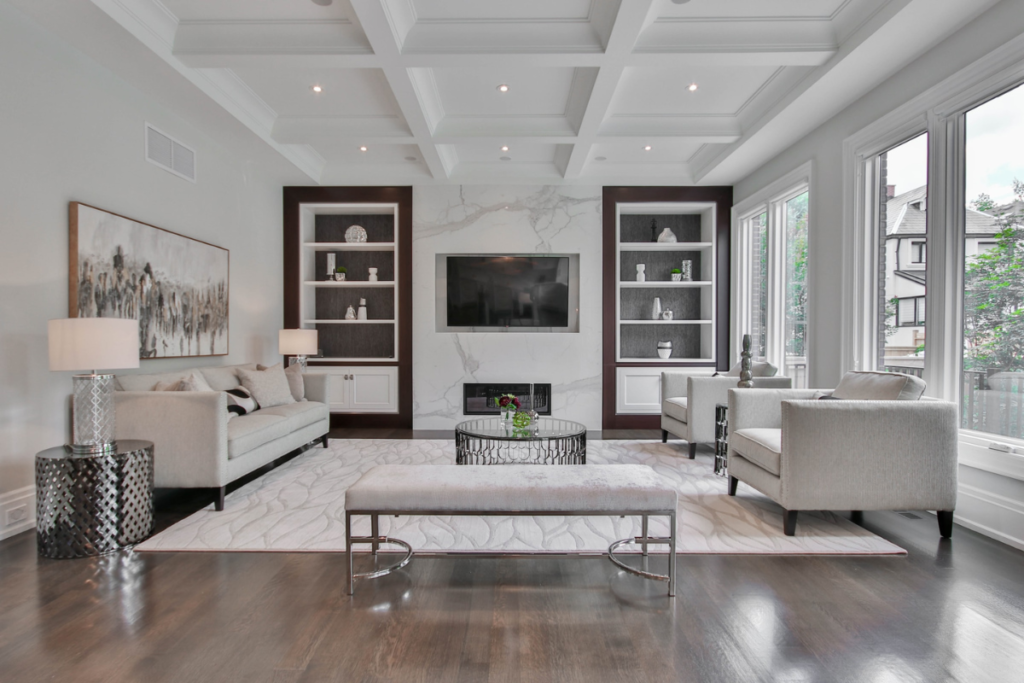
A High-Gloss Ceiling: It may not be the first thing you think of, but a glossy ceiling can reflect light in a spot that’s often hard to brighten.
Light-Colored Floors: If given a choice between light and dark wood, choose light wood to keep your space bright. Consider lighter neutral tones for carpeting, tile, linoleum, and other materials when selecting flooring for darker spaces
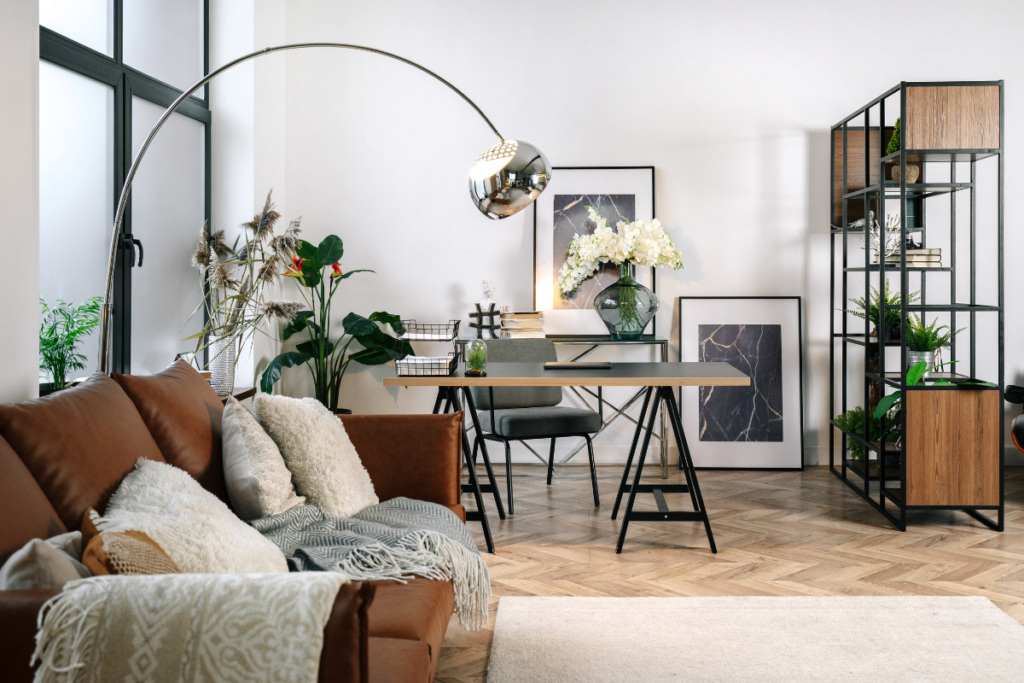
Artificial Lighting
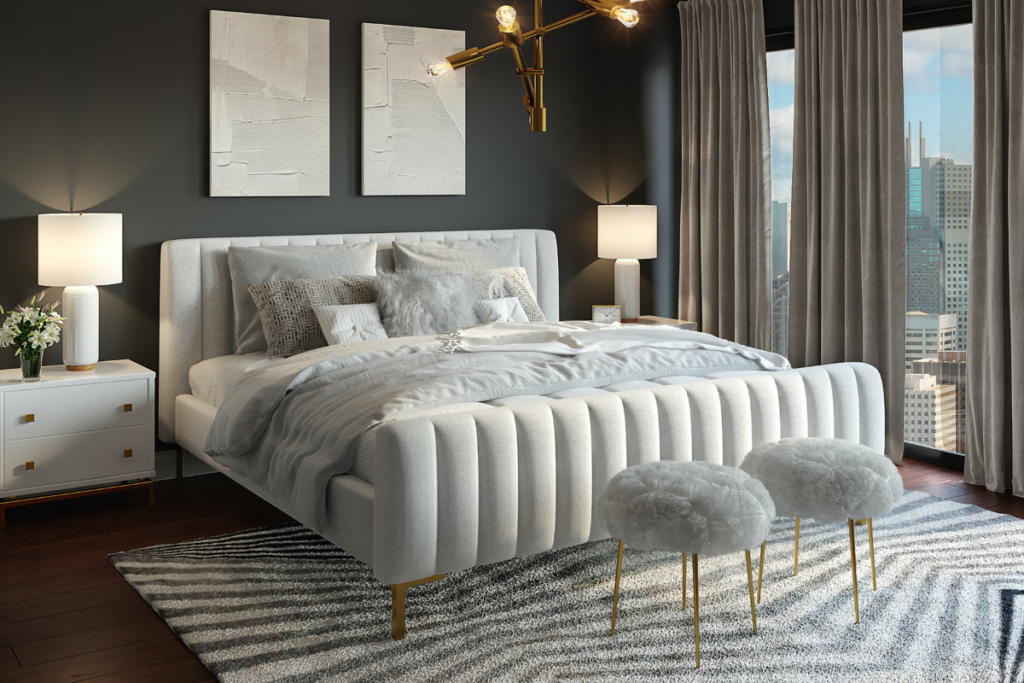
Ceiling Lights: Chandeliers and other types of ceiling lighting can maximize the use of artificial lights. Choose white, light-colored, or metallic fixtures to further amplify artificial light.
Lighting Temperature: Your bulb’s color temperature is critical in determining the brightness and feel of a room. When it comes to LEDs, warm glow dimming technology can keep your space brightly lit without being harsh.
Lighting Designer: An interior designer can bring a trained eye to help you identify ways to brighten a space while maintaining your personal style.
Direction: Aiming light from lamps and other fixtures at the walls or ceiling can help spread their reach, illuminating more of the room.
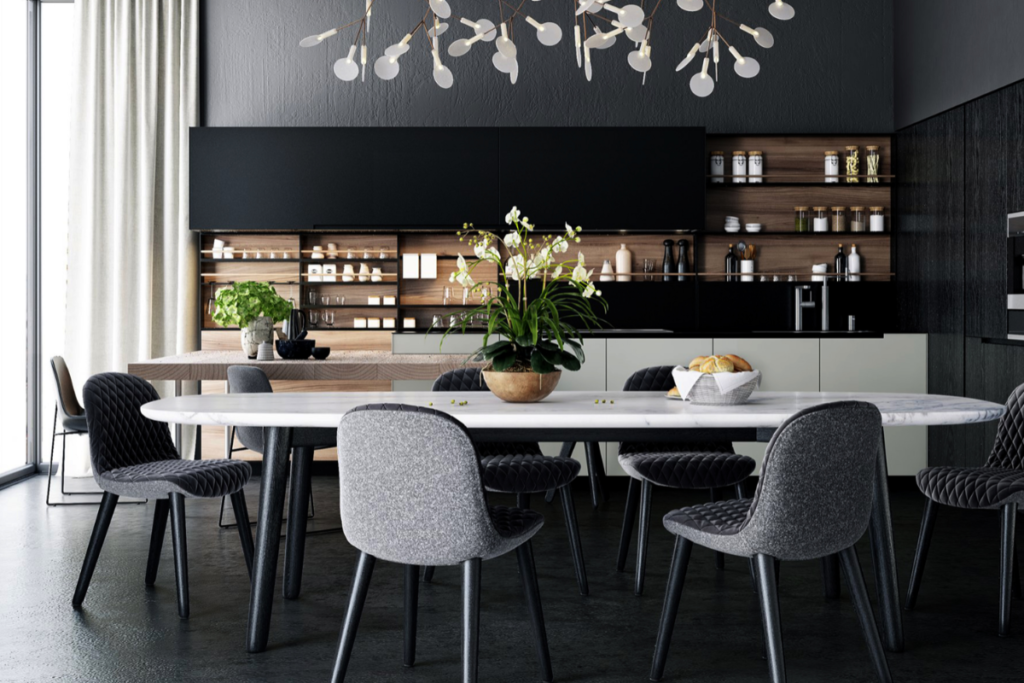
New Bulbs: When was the last time you took a look at your lightbulbs? Replacing old, dim bulbs with brighter ones is one of the most direct ways to add light to a room.
Fairy lights: In the right space, fairy lights can provide soft, indirect lighting along with a comforting, whimsical feel. They’re also versatile, so don’t be afraid to experiment with different styles, whether it’s hanging them on the wall, obscuring them behind gauzy curtains, or displaying small ones in a glass bottle.
Furnishings

Light-Colored Furniture: Consider white, beige, ivory or light wood furniture over darker tones like walnut. You might even consider a stylish glass coffee table to give the room a more spacious feel.
Minimal Furniture: Too much furniture–especially if it is large, dark, or ornate–can make a dark space feel even smaller and darker. When looking to brighten dark rooms, opt for minimalism instead.
Low Furniture: Huge furniture can block light from traveling across the room. Use a low couch or bed frame to allow the light you have to be enjoyed to its full potential.
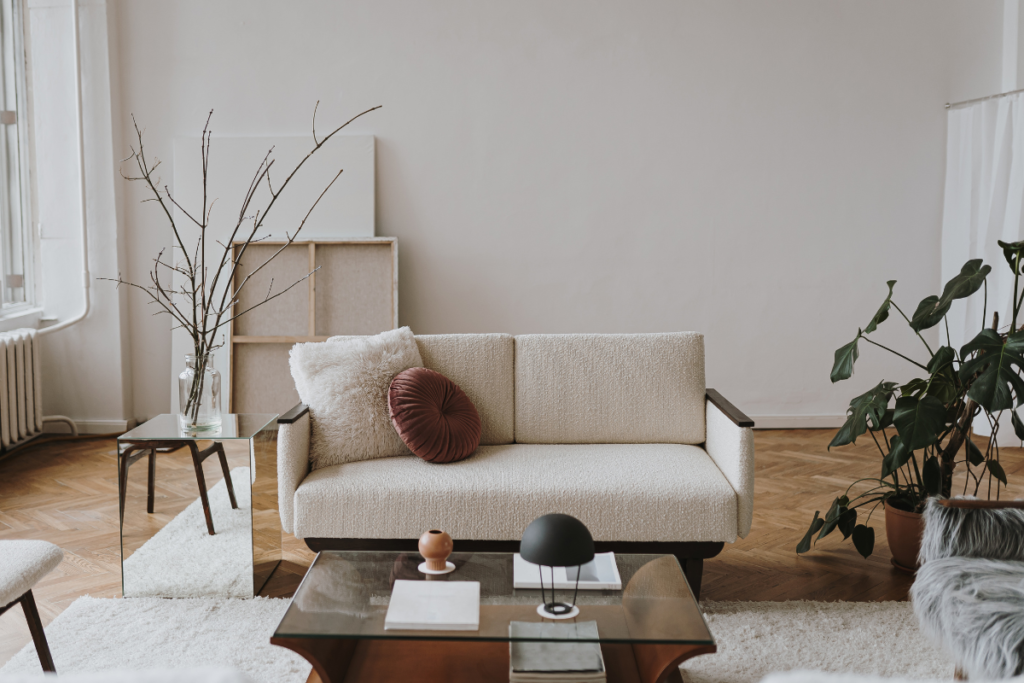
Brightening up a dark room can be a challenge, but it can also present an opportunity to get creative with your design. One of the most amazing things about interior design is the ability to completely transform the look and feel of a particular space. If you’re interested in more transformative ideas, check out other posts on our blog for more inspiration.


